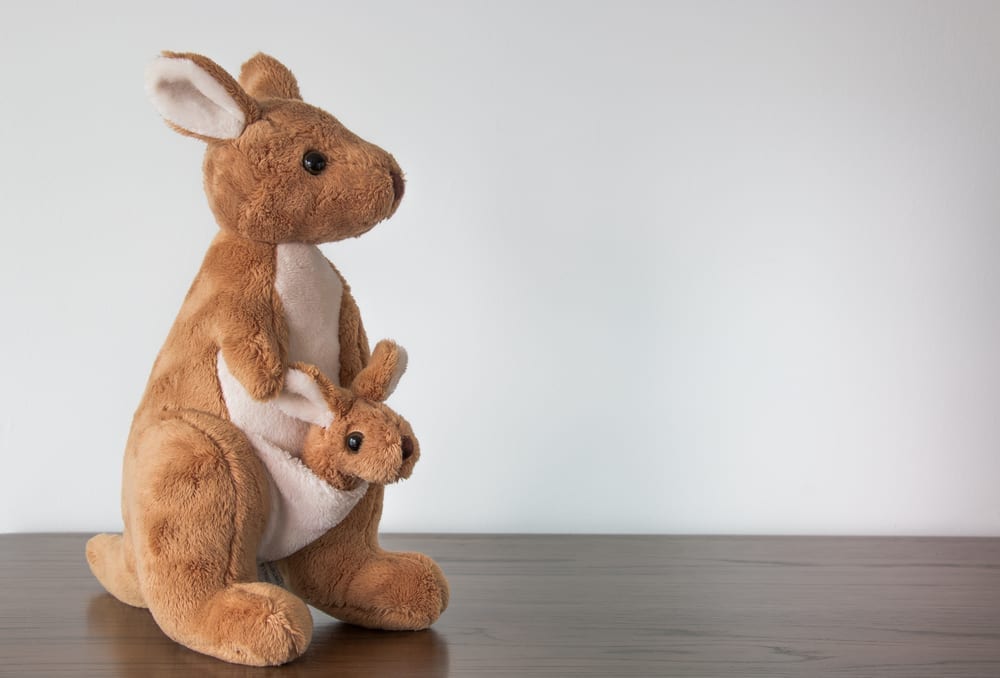What does it mean to be “Australian Made”
“G’day mate”
When it comes to what it means to be Australian there is nothing more cliché than this well known greeting, but just what does it mean to be Australian Made on the supermarket shelf in today’s current climate?
How motivated are Australian shoppers to seek out Australian Made?
A wave of patriotism frequently comes over shoppers when a food scare or crisis heightens the awareness of the source of our food but how motivated are Australian shoppers to seek out Australian Made as part of a regular shop and how easy is it for them?
More importantly will they buy Australian made at all costs?
In Watch Me Think’s latest installment of its Shopper Behind the Headlines series we take a look at Australian Made and, primarily, how consumers shop for products which they believe to be made in their own backyard.
Confusion around what “Australian Made” actually means
What we observed from our digital immersions was that seeking out Australian Made is certainly a motivation for shoppers but a key observation was the confusion around what Australian Made actually means, and the difficulty in the identification of the products’ origins.
This is attributed to labeling just not being clear enough.
Shoppers struggle with identifying whether the product is actually
- made in Australia or
- whether the ingredients are Australian or
- if it’s a combination of those elements.
When the brand connects on a level as being rich in Australian heritage, assumptions are made that all products are Australian Made.
Surprise occurs when the reality is different.
The opportunity is there for brands to communicate their Australian Made status on a number of levels:
- being more prominent on pack,
- on shelf, and
- through branding communication activities.
Kangaroos won’t get you over the line
In terms of logos the awareness of the kangaroo symbol is strong but it’s just not used consistently enough in terms of its size and placement to make any really strong identification.
From this we could surmise that counting on the Kangaroo symbol is not enough to get your product over the line with an Australian Made seeking shopper.
As part of a bigger global trend, being transparent, being open and honest about your Australian position will connect – especially as it eliminates the element of surprise when consumers feel they have been misled by generic symbols or logos.
Aussie Made a “no go” when it’s a substitution
Authenticity in terms of the source of the product comes into play whether it be Basmati rice from Pakistan, Italian cheese from guess where? Italy! And curry pastes from India.
Purchasing “international” products from international markets is okay because the feeling is that it will be a better product delivered with greater value.
There is no point paying more for Basmati rice from Australia when you can the real deal internationally at a cheaper price.
Overall there is a sentiment that buying and supporting products made in Australia does benefit and support Australia and its future. So there exists a strong emotional connection that can be made once the identification of authentic Australian made products can be sorted.
If you have a particular problem with making your product be identified as Australian, then please get in touch and let’s see will see how we can help you based on what we can show, and what we have learnt.


Comments
Comments are disabled for this post